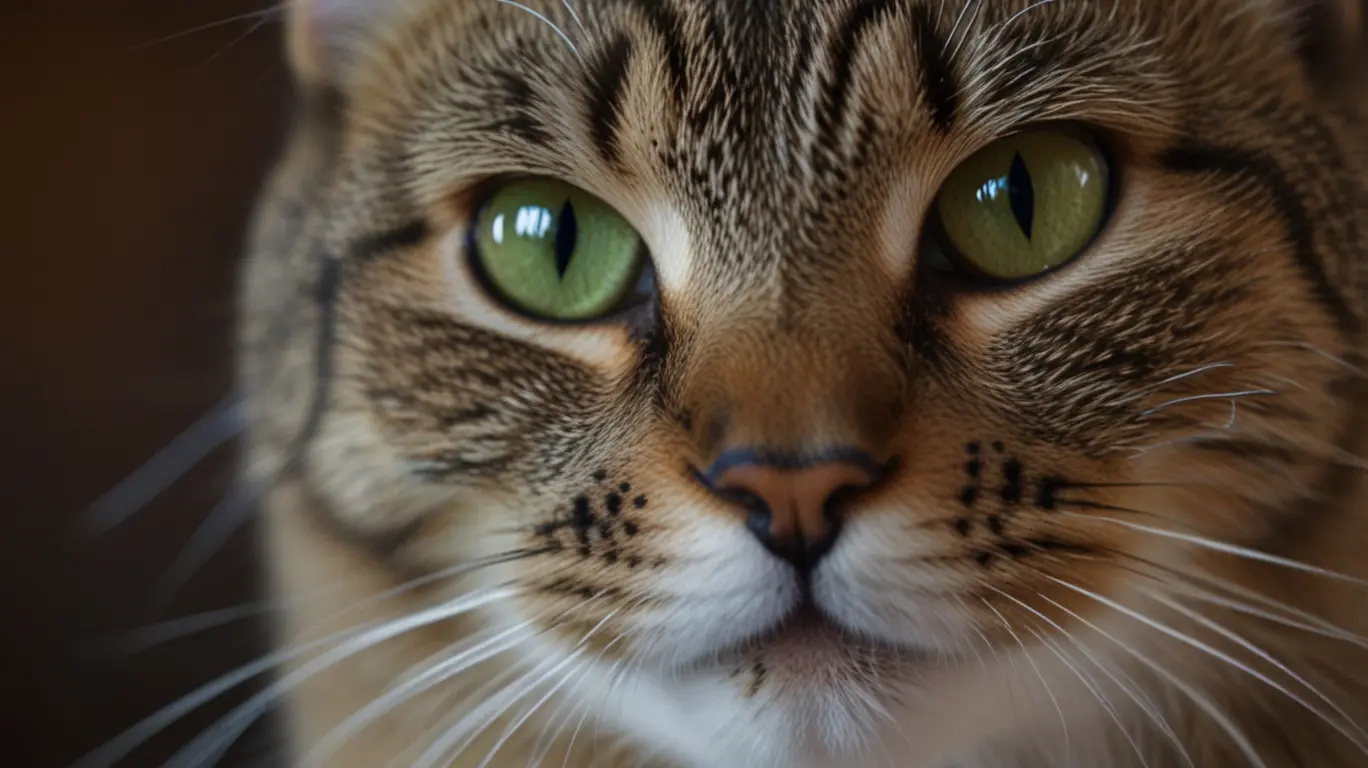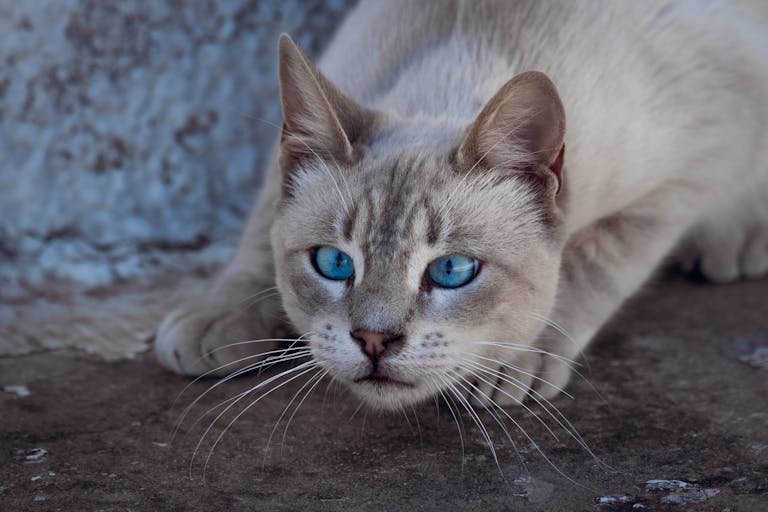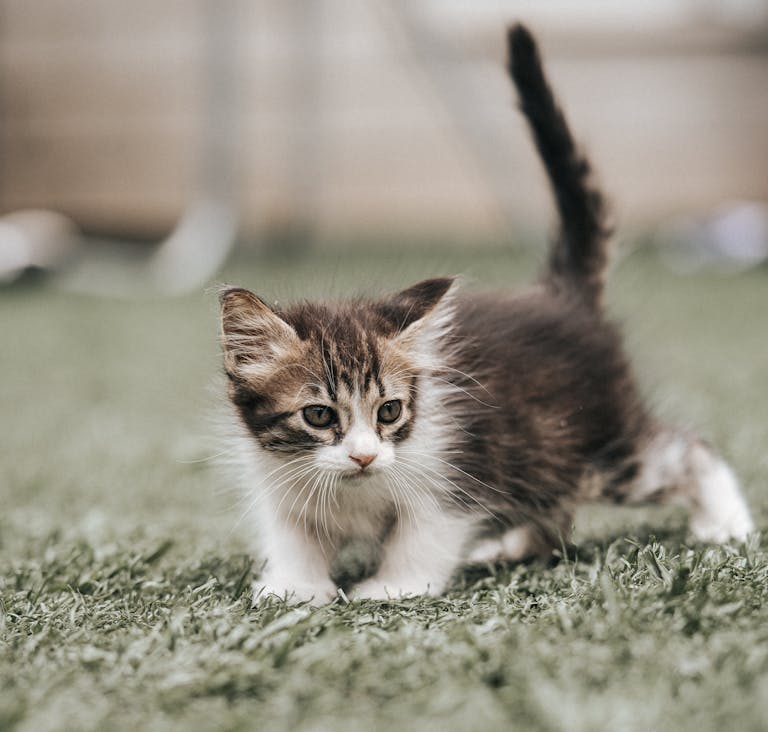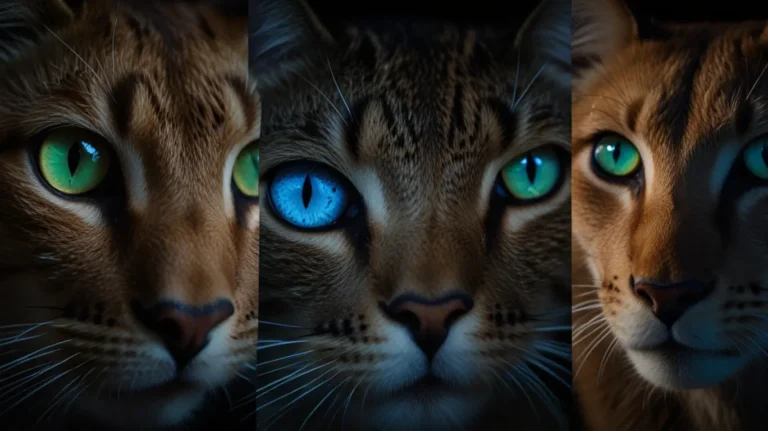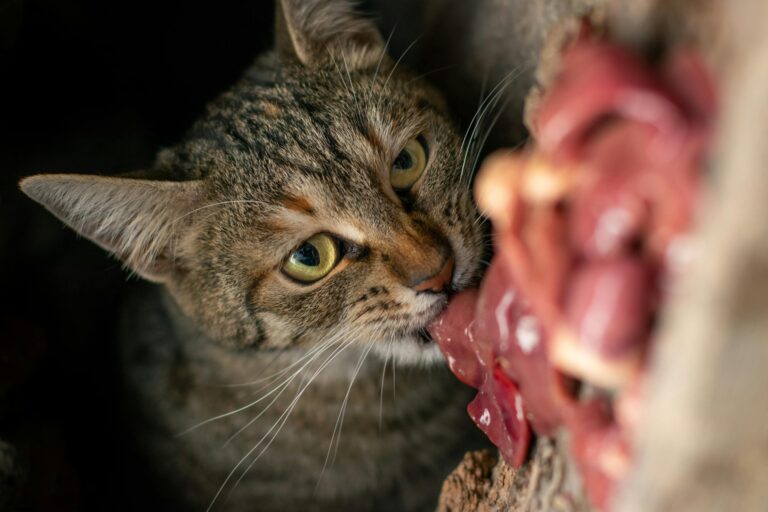The Truth About Cats – 10 Facts You Didn’t Know!
Have you ever wondered why cats always land on their feet or why they seem so mysterious and independent? Cats have been adored and revered for centuries, with ancient cultures even worshiping them. But there’s much more to these curious creatures than meets the eye. Discover 10 fascinating facts about cats that will surprise you!
Whether you’re a seasoned cat lover or just curious about these enigmatic animals, you’ll want to stick around to discover some mind-blowing facts about cats that will change the way you see your feline friends. We’ll dive into 10 fascinating facts about cats that reveal their incredible abilities and quirks.
Why do cats purr? Can they really sense emotions? Let’s dive into the world of cats and uncover the secrets behind their fascinating behaviors!
Key Takeaways
- Cats are among the most fascinating pets because of their distinctive physical and behavioral characteristics.
- Cats differ from other animals in a variety of ways, from their keen senses to their peculiar habits.
- Studies on the remarkable skills of cats, like their constant ability to land on their feet, have been conducted.
- Discover the subtle ways that cats convey their feelings and communicate that are often missed.
- You’ll have a greater understanding of your pet’s intricate and interesting character by the end of this article.
10 Fascinating Facts About Cats You Need to Know
Cats are amazing animals, with unique characteristics that make them stand out from other animals. Here are ten interesting and unexpected facts about cats that every cat lover should know.

1. Cats Have Incredible Night Vision
Cats are nearsighted due to their large, forward-facing eyes, although they are also very good in low light. Cats have night vision six times better than humans due to their abundance of rods and tapetum lucidum, a unique reflective layer in their eyes.
2. Cats Are Surprisingly Fast
In just a few moments, a cat’s running speed can reach 30 miles per hour! They can move as fast and as agile as a car on the road thanks to their curved claws, long limbs, and flexible spine. Their speed is one of the many reasons they’re featured in our 10 fascinating facts about cats.
3. Cats Have a Unique Belly Pouch
Ever noticed a pouch of skin on your cat’s belly? Known as the “primordial pouch,” this feature is found in all cats, domestic and wild. It’s believed to protect vital organs during fights, offer flexibility when running, and even store extra food after a large meal in the wild. This belly pouch is another feature in our 10 fascinating facts about cats.
4. Cats Can Rotate Their Ears 180 Degrees
Cats can rotate their ears to determine the direction of sounds because each ear contains 32 muscles. Because of this, they have an amazing capacity to identify sounds from their environment or potential prey, something that even humans, who have only six ear muscles, cannot equal. This remarkable hearing ability makes it into our list of 10 fascinating facts about cats.
5. Kneading – A Comforting Habit
Cats often knead objects or their owners with their paws. This behavior, which originates from kittenhood when they knead their mother to stimulate milk flow, continues into adulthood as a way to express comfort, mark their territory (thanks to scent glands in their paws), or create a cozy spot to rest.
6. Most Orange Cats Are Male
Nearly 80% of orange cats are male due to genetics. The orange coloration is linked to the X chromosome. Since males have one X chromosome, they are more likely to inherit this trait, while females, with two X chromosomes, require the gene to be present on both.
7. Cats’ Whiskers Are Highly Sensitive
Whiskers aren’t just for looks! They are deeply embedded in a cat’s skin, three times deeper than regular fur, and help cats navigate their surroundings. These sensitive whiskers detect nearby objects and changes in air currents, guiding a cat through narrow spaces or low-light conditions.
See also Bengal Cat Price in 2024?
8. Cats Rarely Get Tooth Decay
Cats’ sharp, pointed teeth don’t typically suffer from cavities, but dental problems like gingivitis and stomatitis are common. About 90% of cats over the age of 4 experience some form of dental disease, so regular brushing and vet check-ups are essential to maintain their oral health.
9. Cats Use Their Dewclaws for Climbing and Hunting
Cats have a small, thumb-like claw called a dewclaw on their front paws. While not opposable like human thumbs, these claws play a crucial role in catching prey and climbing trees, giving cats an edge in hunting and exploration.
10. Cats Can Jump Up to Six Times Their Height
Cats are impressive jumpers, capable of leaping up to six times their own height in a single bound. Their strong leg muscles and flexible joints make them skilled at climbing and jumping, which is why you often find them on high perches or walls.
Fun Facts About Cats
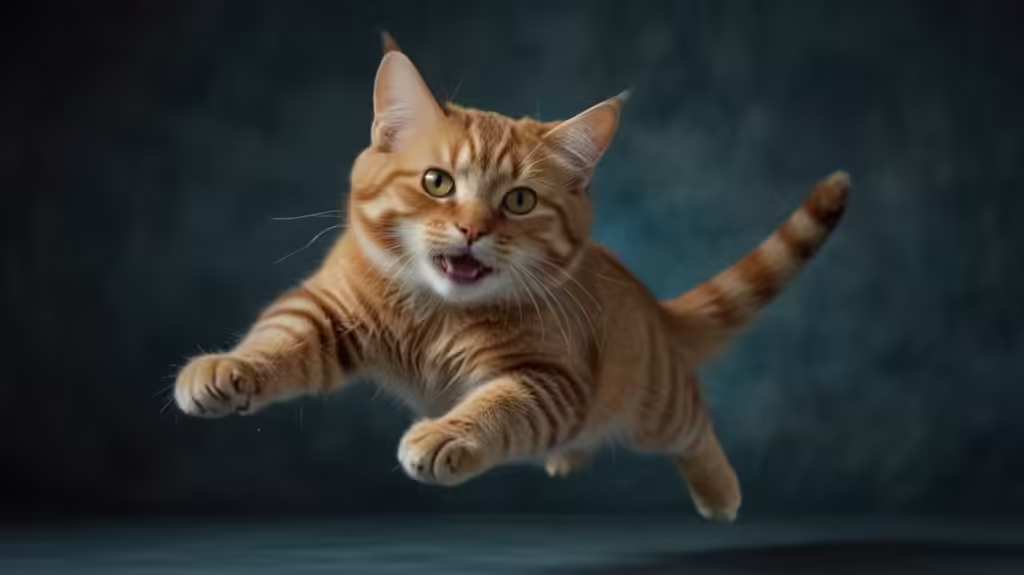
1. Cats Can Make Over 100 Different Sounds
Unlike dogs, which have around 10 distinct sounds, cats have a wide vocal range. From meowing to hissing and purring, each sound can mean something different. A cat’s vocalizations can vary depending on their breed, personality, and what they’re trying to communicate.
2. Cats Always Land on Their Feet
This amazing skill, known as the “righting reflex,” allows cats to twist their bodies mid-air and land on their paws when they fall. Even kittens develop this ability by the age of 7 weeks, making them highly resilient when it comes to falls.
3. Cats Can’t Taste Sweetness
Unlike humans, cats are indifferent to sugary treats because they lack taste buds that detect sweetness. This is due to their evolutionary history as carnivores, focusing solely on meat.
4. Cats Spend 70% of Their Lives Sleeping
That’s right—your cat may be a couch potato, but it’s completely natural! Cats are known to sleep up to 16 hours a day to conserve energy, especially because of their hunting instincts.
See also How To Stop A Cat From Suckling?
Bonus Facts About Wild Cats
- Tigers are the largest cat species, with the Siberian tiger measuring up to 3.15 meters long and weighing 265 kg.
- Caracals have 20 muscles in their ears, allowing precise control for hunting, and their ear tufts may help improve hearing.
- Lions have the loudest roar, reaching 114 decibels, audible from 8 kilometers away.
- Snow leopards are amazing athletes, capable of jumping 15 meters in length and up to 9 meters high.
- The Amur leopard is the world’s rarest cat, with less than 35 living in the wild due to habitat degradation.
- The black panther isn’t a species but a jaguar, puma, or leopard with a genetic mutation causing its black coat.
FAQs About 10 Fascinating Facts About Cats
Do cats always land on their feet?
Yes, cats have a “righting reflex” that allows them to land on their feet in most cases.
Why do cats sleep so much?
Cats sleep to conserve energy, a trait inherited from their wild ancestors, who needed rest for hunting.
Can cats see in the dark?
Cats have great night vision and can see in extremely low light settings, but they cannot see in complete darkness.
Why can’t cats taste sweetness?
Cats lack taste buds for sweetness because they evolved as strict carnivores.
What do cats’ whiskers do?
Whiskers help cats sense their surroundings, detect movement, and even judge the width of openings.
How many sounds can cats make?
Cats can produce over 100 distinct sounds, ranging from meows to hisses and purrs.
Do cats really have nine lives?
While it’s a myth, cats are known for their agility and survival instincts, which may have inspired this saying.
Why do cats purr?
Cats purr to express contentment, but they also purr when anxious or in pain as a way to comfort themselves.
Why does a cat sleep so much?
Cats are crepuscular, which means they are most active around dawn and dusk. They spend the remainder of their time resting to conserve energy.
Why do cats leave wet paw marks?
Cats only sweat through their paws, so in hot weather, you might notice wet paw prints from their sweat.
Do wild cats like lions and tigers knead?
Yes, many wild cats exhibit kneading behavior similar to domestic cats.
Why do some cats have extra toes?
Polydactyl cats, or cats with extra toes, are a result of a genetic mutation. They were historically considered lucky by sailors.
Closing Thoughts
Cats are far more than just cute companions—they are complex creatures with remarkable abilities. From their vocal range to their hunting instincts, cats have evolved to be the stealthy, independent animals we know today. These 10 fascinating facts about cats will help you appreciate just how special they really are.
See also Cat Tracker Chip & it Works?
Understanding these facts will not only deepen your appreciation for your feline friend but also help you better understand their behaviors and quirks. Whether it’s their agility, intelligence, or mysterious behaviors, these 10 fascinating facts about cats prove they are truly one of a kind.

